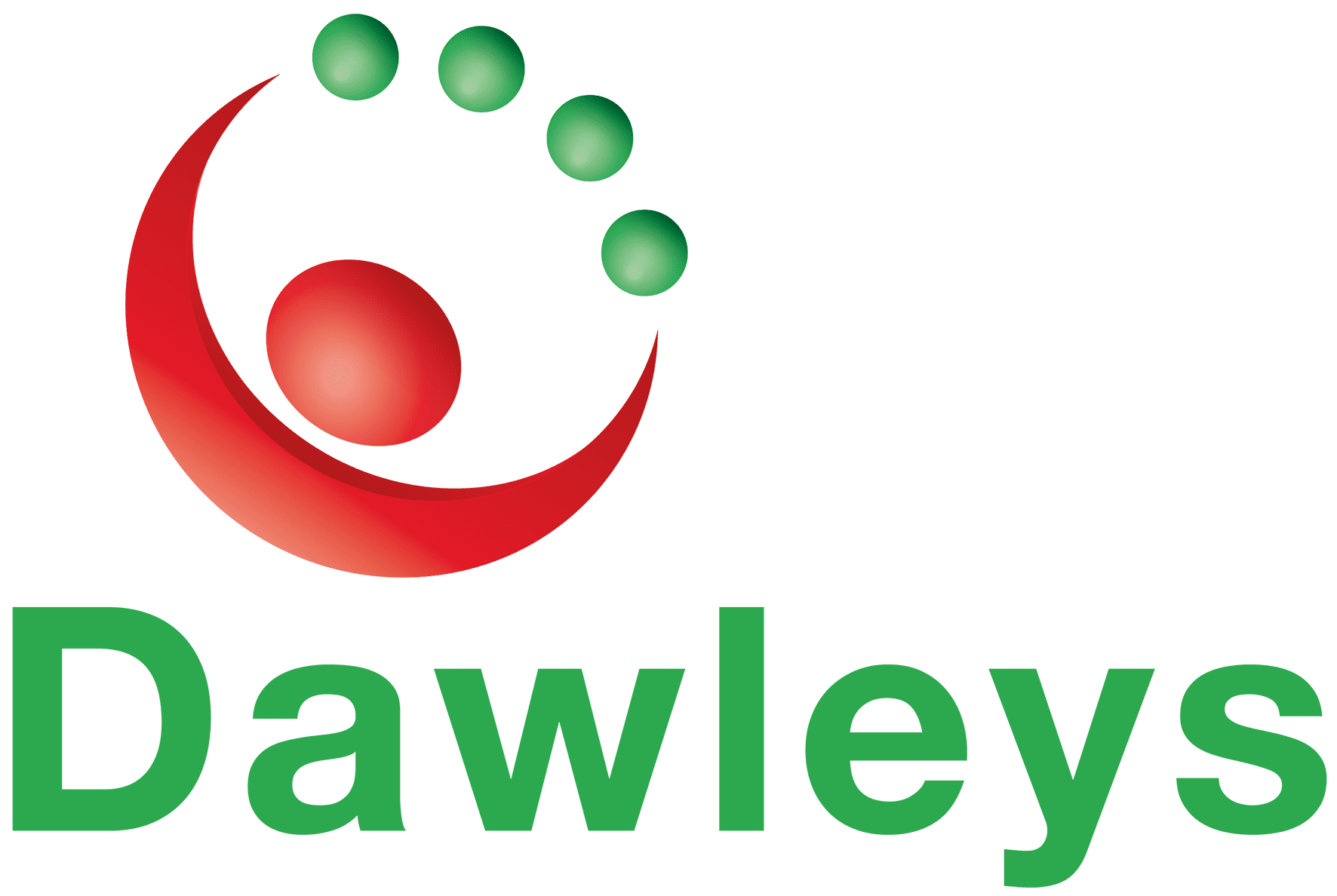Most marketers focus their energy on campaigns, content, and channels. But is that enough? The truth is that even the smartest marketing strategy cannot make up for a culture that doesn’t support it. What happens inside your business is just as important as what you publish externally.
Marketing success starts inside the business
A genuinely customer-focused culture transforms marketing from just a department into a company-wide mindset. It guarantees that every interaction, from sales calls to fulfilment updates, reinforces the brand promise you promote in your campaigns. When culture and marketing align, customers can feel the difference. And they respond with loyalty, referrals, and repeat business.
The Link Between Culture and Marketing Results
Brands love bold promises: fast delivery, unmatched support, personalisation, and reliability. But a promise is only as strong as the culture that supports it.
When internal teams don’t share the same values, even the best messaging feels superficial. Customers quickly spot inconsistencies: the cheerful advert that doesn’t align with the rushed customer service, the “personalised experience” that feels generic in reality, the “customer-first” slogan that falls apart at the point of fulfilment.
But when a culture genuinely values customer experience, marketing becomes more authentic and more effective.
Here’s what that looks like in practice:
- A fulfilment team member spots a damaged product and proactively replaces it before shipping.
- A call centre rep takes an extra minute to share advice, not because they’re told to, but because they care.
- A delivery driver helps a client set up a product even though it’s “not technically their job.”
These unscripted moments create stories customers tell their friends, fuelling organic, trustworthy word-of-mouth, the type of marketing money can’t buy.
Signs of a Truly Customer-Centric Culture
How do you know if your organisation is genuinely customer-focused? Look for these indicators:
1. Employees understand and believe in the customer promise.
Not just the slogan, but what it means in practice. They know why it matters.
2. Frontline teams are empowered to do the right thing.
Rigid rules block good service. Empowered staff deliver memorable experiences.
3. There are clear feedback loops between teams.
Marketing hears what customers really think. Customer service shares insights. Product teams adapt. Everyone learns.
4. Customer success stories are celebrated internally.
Wins are shared, not just to recognise staff, but to reinforce what “good” looks like.
Quick Culture Audit: Is Your Company Truly Customer-Centric?
Give yourself a score out of 5 for each:
- We regularly share customer insights across teams.
- Employees at all levels can explain our brand promise.
- Staff feel trusted to make decisions that benefit customers.
- Leadership models customer-first behaviour daily.
- We celebrate stories of great customer experiences internally.
If you scored under 18/25, there’s a strong opportunity to strengthen your internal culture to support better marketing results.
How to Build a Customer-Centric Culture (Practical Steps)
Creating a culture that consistently delights customers doesn’t require massive investment but it does require intention.
1. Start with Leadership
Values must be lived, not laminated on a wall.
When leaders model empathy, responsiveness, and curiosity, teams naturally follow.
Example: A CEO who personally replies to a customer complaint once a month sends a louder message than any poster about “customer obsession.”
2. Hire for Empathy and Curiosity
You can train processes; you can’t teach people to care.
Seek people who ask questions, listen closely, and show genuine interest in others.
Small habit: During interviews, ask candidates to describe a time they advocated for someone else not just a customer.
3. Connect Your Teams
Your customer doesn’t experience your business in silos, so your internal teams shouldn’t operate in them either.
Hold regular shared huddles between marketing, customer service, and fulfilment. Even 10 minutes a week creates shared understanding and better decisions.
4. Reward Customer-Driven Behaviours
A thank-you card, a shout-out in a team meeting, a small monthly award, these are powerful signals of what matters.
Example: Create a “Customer Moment of the Month,” sharing a story of an employee who created a standout experience.
5. Close the Feedback Loop
Don’t collect feedback and let it sit in a spreadsheet.
Use it to:
- refine messaging
- adjust targeting
- improve onboarding journeys
- identify moments that delight (or frustrate) customers
Marketing becomes sharper when real, timely customer data guide it.
Case Example: Dawleys’ Award-Winning Culture
One of our clients, Dawleys, a UK-based outsourced contact centre and fulfilment partner, exemplifies a company that fully embraces a customer-centric culture. Their approach starts with prioritising people. Dawleys invests heavily in employee engagement, training, and wellbeing, earning national recognition as Employer of the Year.
“For us, culture isn’t an initiative — it’s the engine that powers every customer interaction. When our people feel supported, trusted, and valued, they naturally go above and beyond for our clients. That’s why we invest in our team first: because great customer experiences start with great internal experiences.”
— The Dawleys Leadership Team

Because their people feel supported and trusted, they represent client brands with authenticity. Their teams don’t simply follow scripts; they embody the tone, values, and promise of the companies they serve. Whether answering calls, managing customer queries, or handling fulfilment, Dawleys staff act as true brand ambassadors.
The result?
Clients experience better customer interactions, greater satisfaction, and marketing results that better reflect their brand promise.
Culture Is Your Hidden Marketing Advantage
Campaigns win attention.
Culture wins loyalty.
For marketing leaders, business owners, and operations teams, the message is clear: if you want stronger marketing ROI, don’t start with the next campaign, start with your culture.
Create an environment where people care, collaborate, and feel empowered to deliver on your brand promise… and customers will feel the difference in every interaction.


